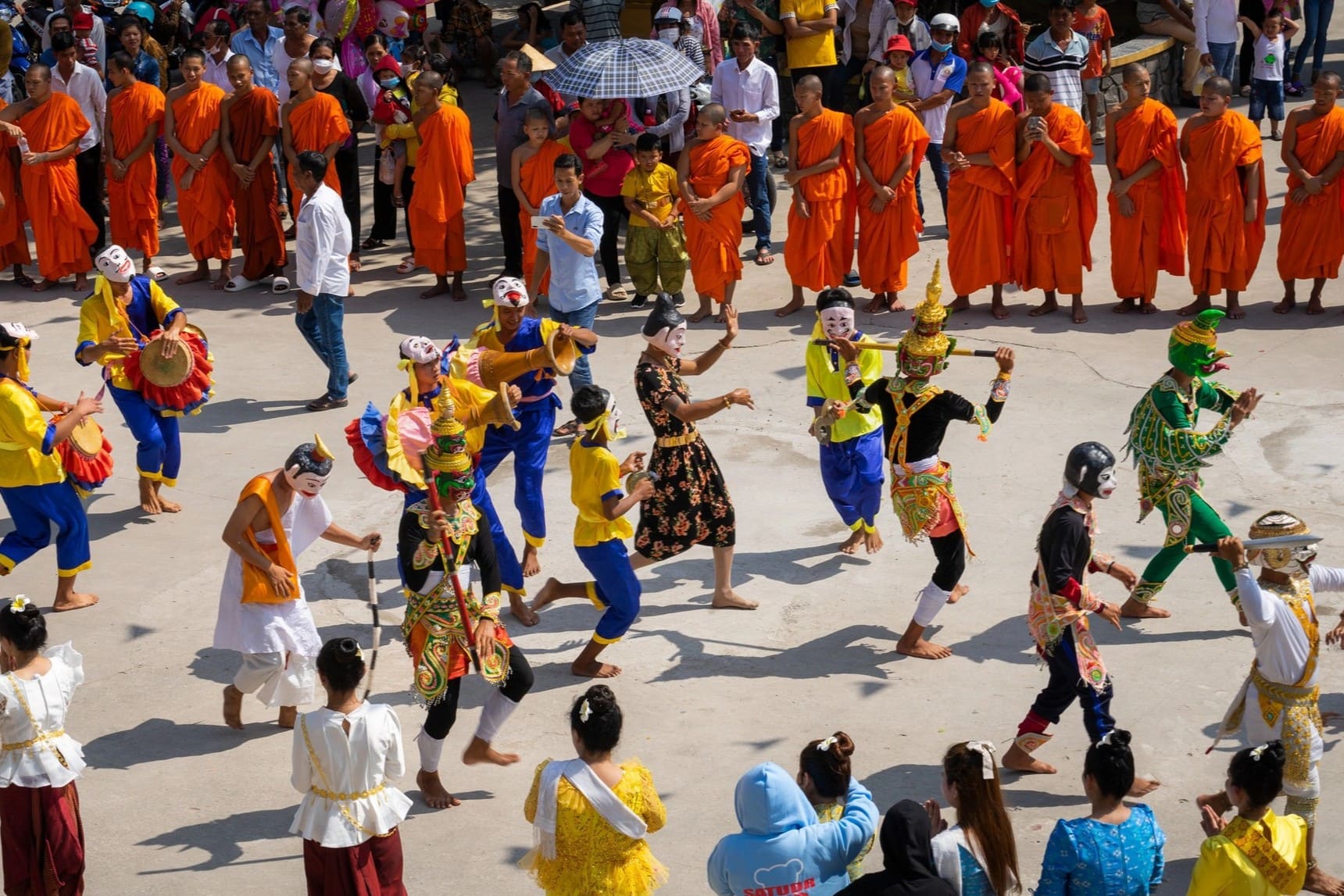Dec - 19 - 2025
GLODIVAL Vietnam:
16th Floor, Metro Tower Building, 667 Dien Bien Phu Street, Thanh My Tay Ward, HCMC, Vietnam +84 346 413 608GLODIVAL India:
5th Floor, Unit No 18 to 21, Technopolis Knowledge Park, Mahakali, Caves Road, Chakala, Andheri (East), Mumbai, India +65 9866 7202GLODIVAL Singapore:
50 Raffles Place, Level 19, Singapore Land Tower, Singapore +84 346 413 608GLODIVAL UK:
20 Wenlock Road London N1 7GU +84 346 413 608GLODIVAL US:
838 Walker Road Suite 21-2 161, PMB #161, Dover, Delaware, the USA +84 346 413 608Email
[email protected]




